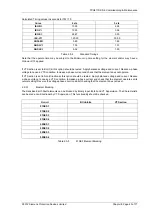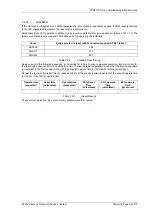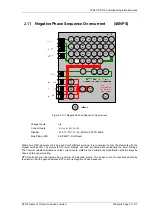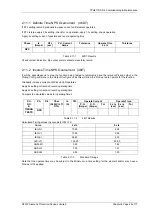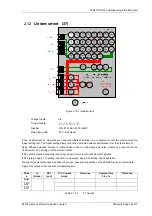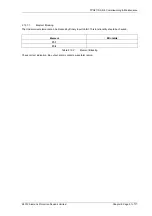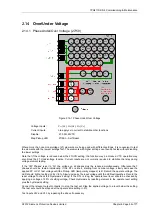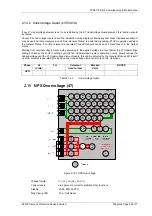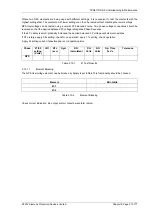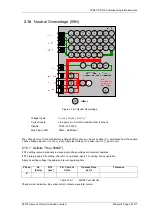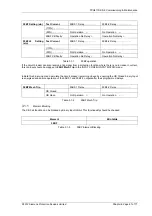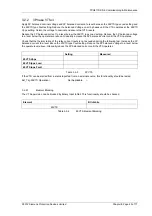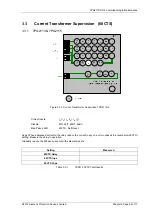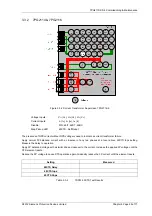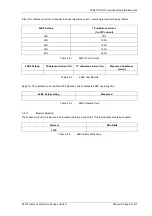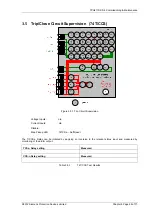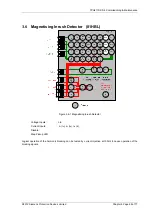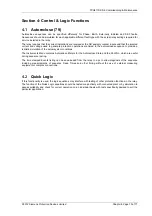
7PG2113/4/5/6 Commissioning & Maintenance
©2012 Siemens Protection Devices Limited
Chapter 6 Page 55 of 77
When testing is complete reinstate any of the disabled functions.
Where more than one overvoltage (59) elements are being used with different settings, it is convenient to test the
elements with the highest settings first. The elements with lower settings can then be tested without disabling the
higher settings.
If the ‘O/P Phases’ is set to ‘All’, the voltage on all phases must be increased simultaneously. Otherwise the 3
phases should be tested individually. If the DTL setting is short, starting from nominal voltage, slowly increase the
applied 3P or VL1 test voltage until the Pickup LED (temporarily mapped) is lit. The LED should light at setting
Volts +/-5% Decrease the input voltage to nominal Volts and the LED will extinguish. Record the reset voltage to
check the ‘Hysteresis’ setting. If the DTL setting is long, the operate level can be checked by applying 100% of
setting to cause operation followed by setting minus the Hysteresis setting to cause reset.
Connect the relevant output contact(s) to stop the test set. Step the applied voltage to a level above the setting.
The test set should be stopped at the operate time s/-5%
Test inputs VL2 and VL3 by repeating the above if necessary.
Phase 27/59
setting
(Volts)
U/O DTL
(sec)
Hyst. D.O.
(calculated)
P.U.
Volts
D.O
Volts
Op. Time
2x Vs (OV)
0.5x Vs (UV)
UV
Guard
Tol
V
1
(V
A
)
V
2
(V
B
)
V
3
(V
C
)
Table 2.14-1
27/59 Test Results
2.14.1.1 Element
Blocking
The NPS Overcurrent elements can be blocked by Binary Input Inhibit and VT Supervision. This functionality
should be checked.
Element
BI Inhibits
VT Supervision
27/59-1
27/59-2
27/59-3
27/59-4
Table 2.14-2
Element Blocking
When testing is complete reinstate any of the disabled functions.



